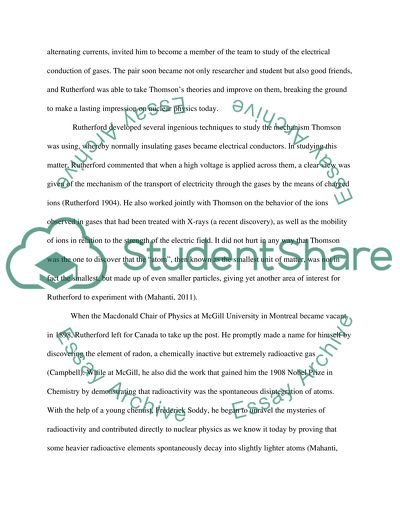Cite this document
(“Ernest Rutherford and Nuclear Physics contributions Research Paper”, n.d.)
Retrieved from https://studentshare.org/family-consumer-science/1419362-ernest-rutherford-and-nuclear-physics
Retrieved from https://studentshare.org/family-consumer-science/1419362-ernest-rutherford-and-nuclear-physics
(Ernest Rutherford and Nuclear Physics Contributions Research Paper)
https://studentshare.org/family-consumer-science/1419362-ernest-rutherford-and-nuclear-physics.
https://studentshare.org/family-consumer-science/1419362-ernest-rutherford-and-nuclear-physics.
“Ernest Rutherford and Nuclear Physics Contributions Research Paper”, n.d. https://studentshare.org/family-consumer-science/1419362-ernest-rutherford-and-nuclear-physics.


